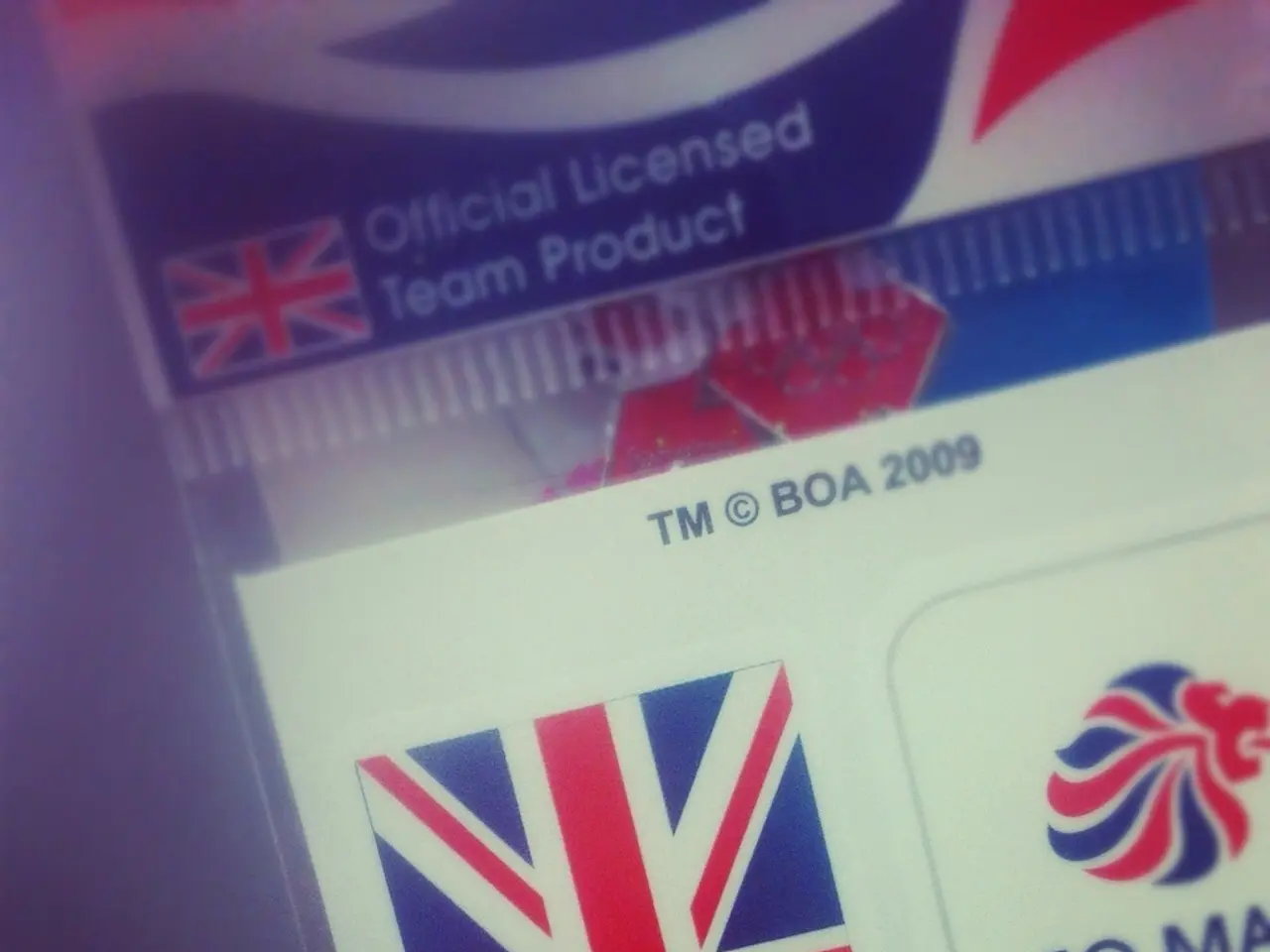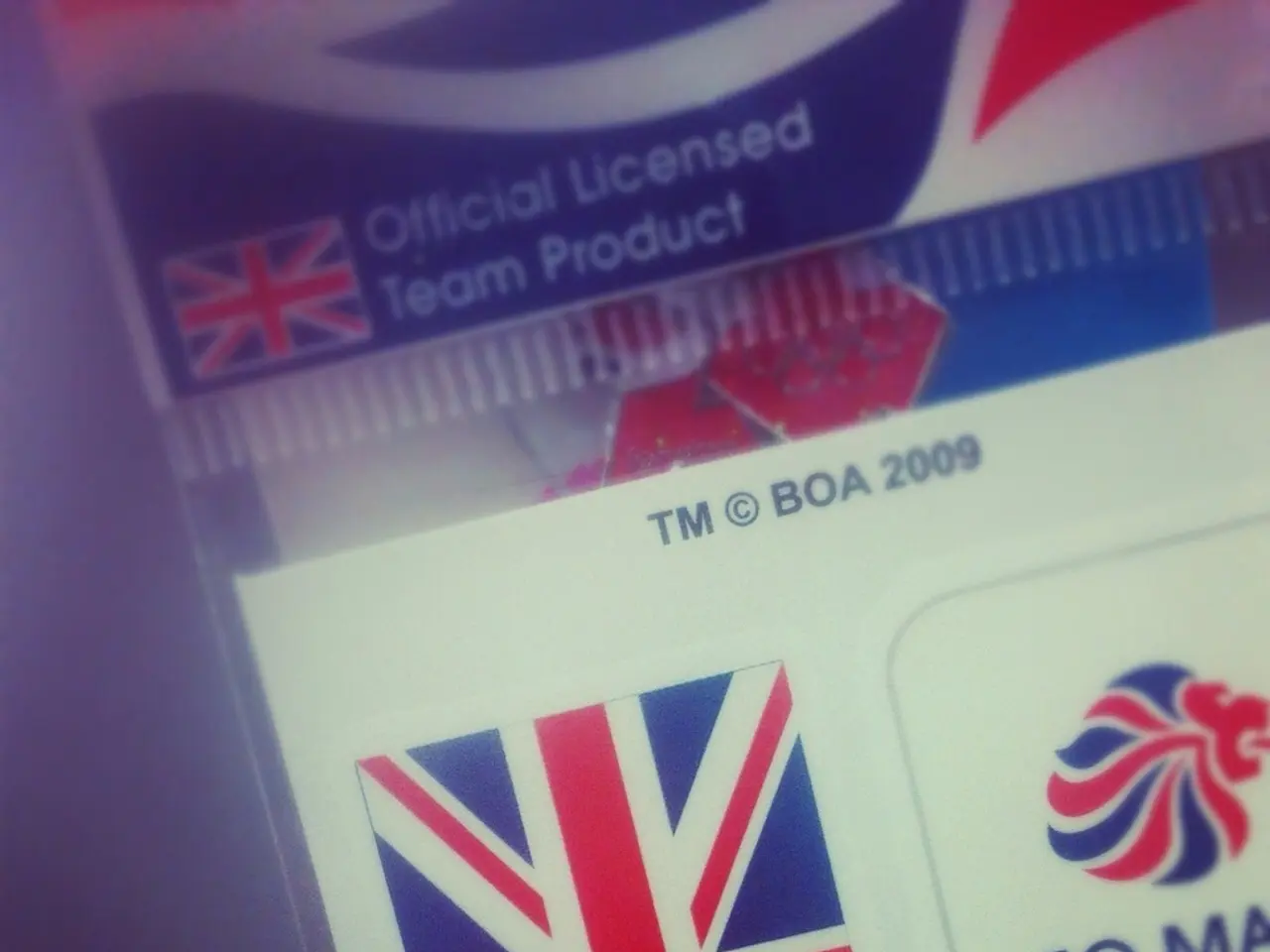Optimizing Learning Goals Cohesion in the Educational Sphere
In the modern educational landscape, the use of data analytics is revolutionising the way educators assess and refine learning objectives continuously. This approach to education is aimed at ensuring that learning objectives are relevant, directly tied to real-world applications, and enhancing student engagement.
Effective learning objectives should be Specific, Measurable, Achievable, Relevant, and Time-bound (SMART), providing a clear roadmap for both educators and learners. Defining these objectives is the first step towards aligning them with teaching methods and assessments, which is crucial for effective education.
One best practice is Backward Design, a methodology that involves planning assessments first and organising activities and content to lead logically to the final assessment. This approach ensures that teaching methods directly support the desired learning outcomes.
Another best practice is the alignment of learning objectives with curriculum standards. Using standards as a guide, educators can design projects and assessments that are academically rigorous and meet educational requirements. Projects that directly address curriculum standards, incorporating real-world applications, can enhance relevance and engagement.
Varied instructional strategies are also essential in catering to different learning styles. Incorporating a mix of instructional strategies such as direct instruction, collaborative learning, and inquiry-based learning can engage all students. Making lessons interactive through technology, group activities, and real-world applications can make learning engaging and relevant to students' lives.
Collaborative learning techniques, such as group discussions, peer teaching, and project-based learning, are examples of effective strategies that involve students in interactions that enhance their learning experience through cooperation. These techniques foster a deeper understanding of concepts and promote the development of critical thinking skills.
The future of learning objectives alignment will increasingly incorporate technology-enhanced methods. Technology integration offers dynamic opportunities for learning objectives alignment, providing immediate feedback and adapting to students' progress. Ongoing assessment of learning objectives alignment leads to enhanced educational practices, improving learning experiences and supporting higher levels of student achievement and engagement.
Ensuring effective Learning Objectives Alignment is fundamental to enhancing educational practices. Continued focus on Learning Objectives Alignment will be crucial in the evolving educational landscape. By following these best practices, educators can create a cohesive learning environment where teaching methods and assessments are fully aligned with learning objectives, leading to more effective and impactful education.
Incorporating technology-enhanced methods, such as e-learning platforms, into education and self-development can promote immediately feedback and adaptability, ensuring effective Learning Objectives Alignment. This alignment, when combined with varied instructional strategies like collaborative learning and inquiry-based learning, can cater to different learning styles, enhancing student engagement and deepening understanding of concepts.




